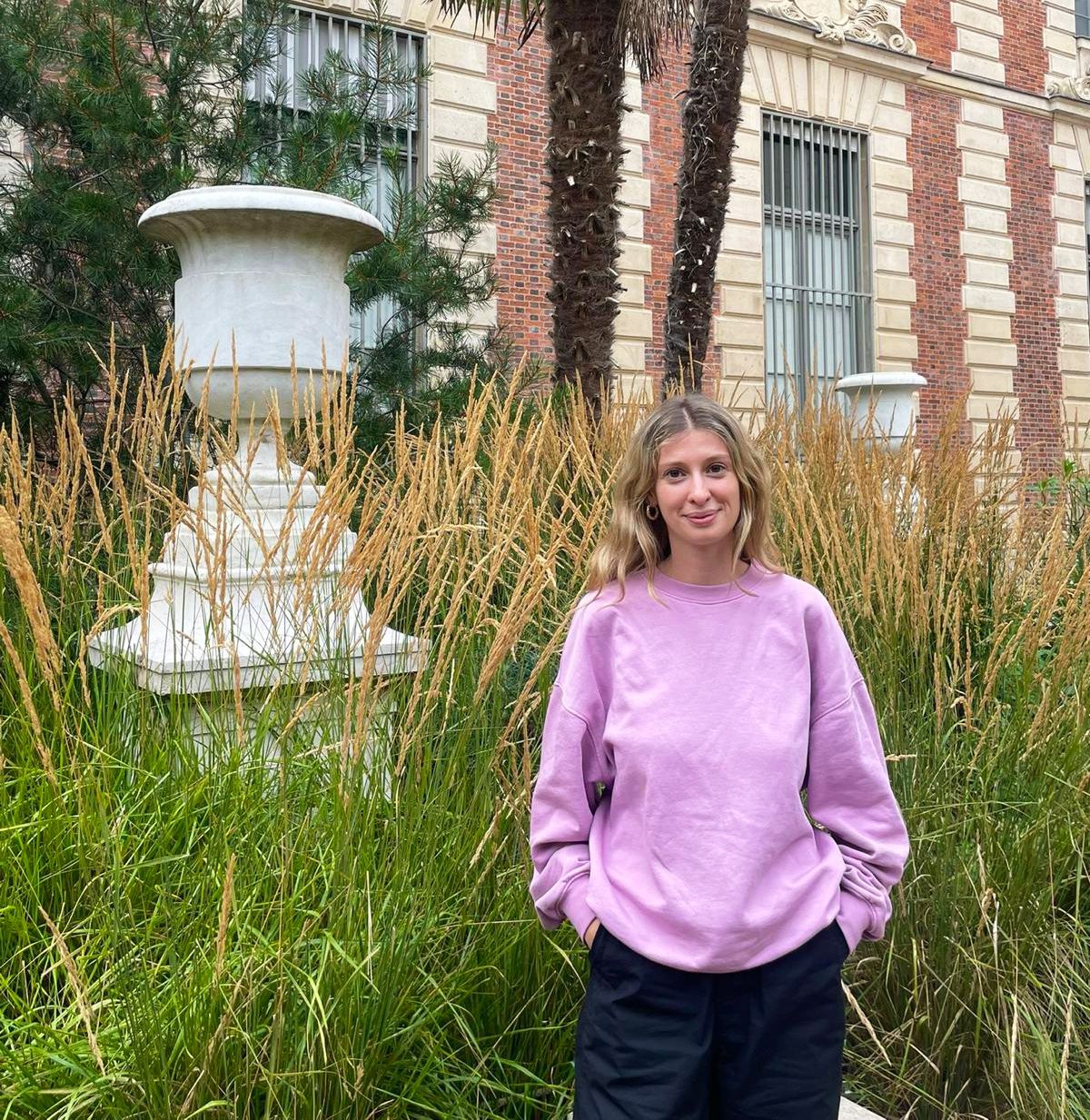Search
Valérie Boudier

Resident
10.04.2023 - 23.04.2023
Medici Residency André Chastel with the INHA
Art history
Biography
A professor of modern art history and member of the Centre d’Étude des Arts Contemporains at the University of Lille since 2010, Valérie Boudier is also a research associate at the Centre d’Histoire et de Théorie des Arts de l’EHESS (Paris), a member of the Collectif d’historiens de l’art de la Renaissance, and a member of the Institut Européen d’Histoire et des Cultures de l’Alimentation (Tours). Her profile as an art historian specializing in ancient art and working on the links between food and painting, as close as possible to contemporary creation, enables her to set up interdisciplinary and transhistorical projects. After publishing The painter’s kitchen. Genre scenes and food in the Cinquecento (2010), she co-edited with Diane Bodart Le banquet de la Renaissance : images et usages (2014), with Anne-Elène Delavigne Viande et architecture (2019), with Elinor Kelif and Giovanni Careri, L’invention du geste amoureux à la Renaissance (2020). Valérie Boudier will spend two periods at Villa Medici, from April 10 to 23 and from July 3 to August 4.
Project
The aim of Valérie Boudier’s residency is to establish a reasoned iconographic corpus (paintings, engravings, playing cards, game mats, etc.) of the Pays de Cocagne produced in Italy from the 13th century to the present day, in order to propose a transnational and multidisciplinary comparative study with French versions of the utopia. Based on a serial treatment of these representations, the study of images will enable us to identify certain iconographic motifs, and their survival or disappearance. Particular attention will be paid to engravings and their re-use within this vast corpus, with a study of the text/image articulation, whether through the texts present in the images or through a comparison between literary and iconographic versions of utopia. On the one hand, the images will be read on the theme of outdoor dining, to note continuities and changes between the 13th and 21st centuries, and possible regional adaptations of the utopia to local resources and tastes – in other words, to study the construction and circulation of the utopia between France and Italy. Secondly, long-term comparisons will enable us to assess the extent to which versions of Utopia have been updated. Are the fruits and vegetables fashionable in early modern European gastronomy and our contemporary eating habits reflected in the images of Cocagne? What about contemporary artists’ treatment of food in this utopian land? Beyond the theme of outdoor dining, this iconographic corpus will enable me to appreciate the impact of economic, religious and political conditions on the vitality of this imaginary space between the two chronological limits envisaged.
